If you’ve recently had a chemical peel treatment or are considering one, it’s natural to wonder how to get the best outcome. The secrets to a smooth recovery largely depend on proper chemical peel aftercare. Knowing what to do after a chemical peel not only helps minimize discomfort, it also boosts the peel’s benefits—giving you smoother skin, a fresher complexion, and fewer wrinkles or blemishes.
At Premier Image Cosmetic & Laser Surgery, our dedicated team guides patients every step of the way, ensuring they have the knowledge and support to enjoy all the perks of this cosmetic procedure.
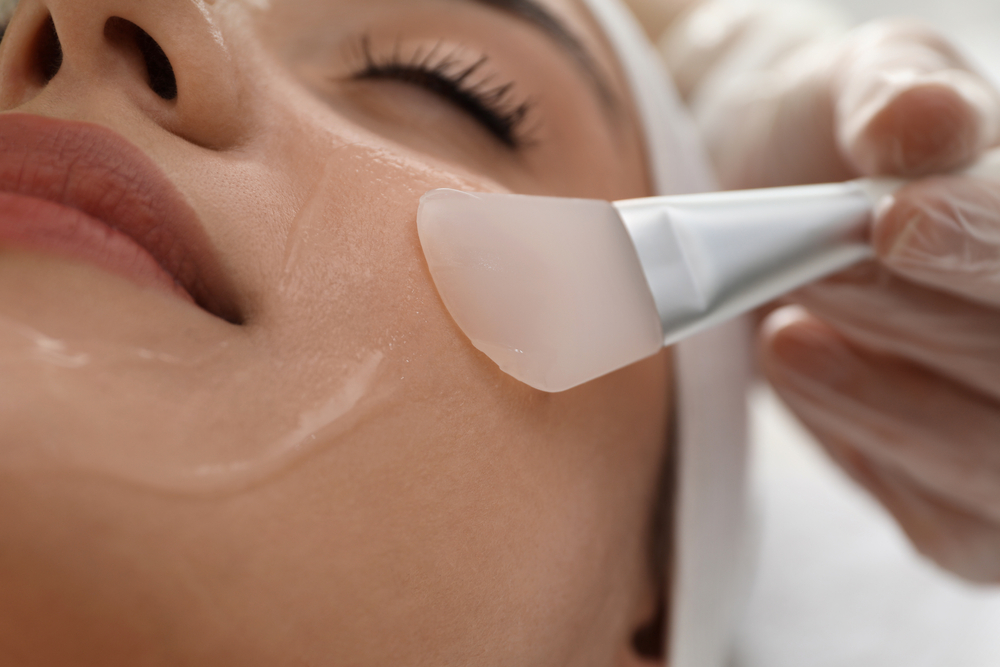
5 Essential Steps for a Flawless Chemical Peel Recovery
- Follow the aftercare instructions from your doctor for best results.
- Cleanse gently, and avoid scrubbing or using harsh soaps.
- Protect your healing skin from direct sun exposure with sunscreen.
- Moisturize regularly to combat dryness and flaking.
- Seek professional advice if you notice unusual symptoms.
How to Care for Your Skin Right After a Chemical Peel

Taking the right actions in the first few days post-peel can help you avoid irritation, reduce flaking, and speed up the healing process. Whether you’ve undergone a superficial peel, medium peel, or deep peel, a gentle approach is best. During this early phase, remember to follow your specialist’s instructions precisely. Using the wrong product or resuming regular facial treatments too soon can sabotage your results. If you’re unsure about any part of your aftercare plan, don’t hesitate to call our office.
Cleaning Your Skin Without Causing Irritation
A vital part of chemical peel aftercare is learning how to properly cleanse your skin. You will need to keep the newly treated area free from dirt and bacteria, but over-cleansing can strip the skin of essential oils. In the first few days, gently cleanse your face with cool water. Avoid using hot or cold extremes, as they can irritate sensitive skin.
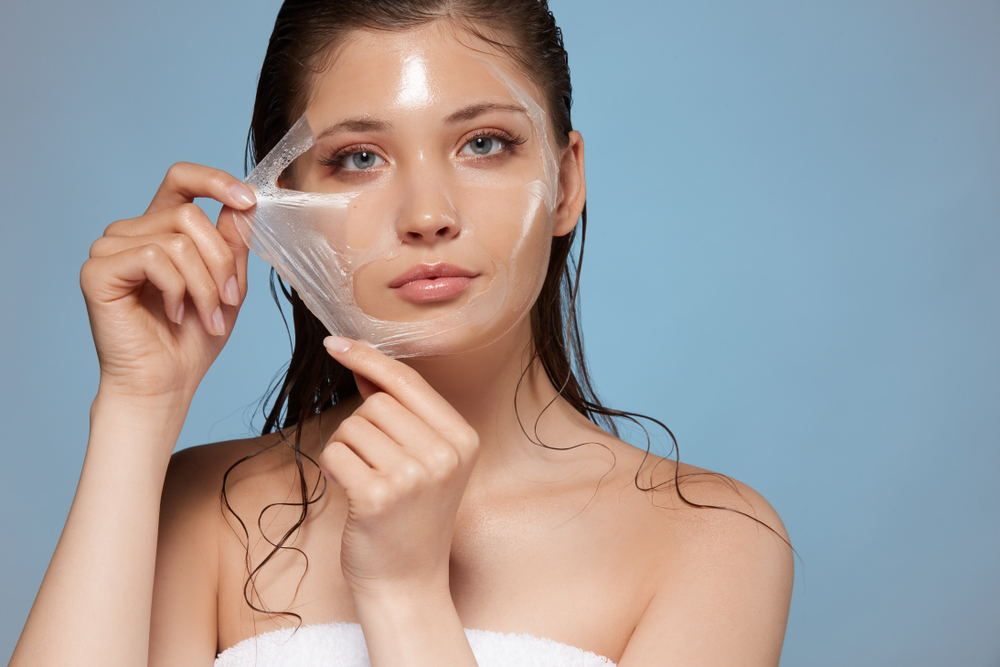
- Choose a gentle cleanser specifically formulated for facial use—many professionals recommend pH-balanced cleansers designed for post-procedural care.
- Rinse thoroughly with cool water, but do not rub or scrub the area.
- Pat your face dry with a soft, clean towel—avoid rough motions.
This approach helps remove bacteria, dead skin cells, and excess oil without disturbing the healing process. Premier Image Cosmetic & Laser Surgery often suggests specialized products, such as PCA Skin cleansers, that are made for sensitive skin during recovery.

Maximize Your Chemical Peels Results with Expert Guidance
Join our satisfied clients who have achieved radiant, rejuvenated skin.
Managing Redness, Peeling, and Sensitivity
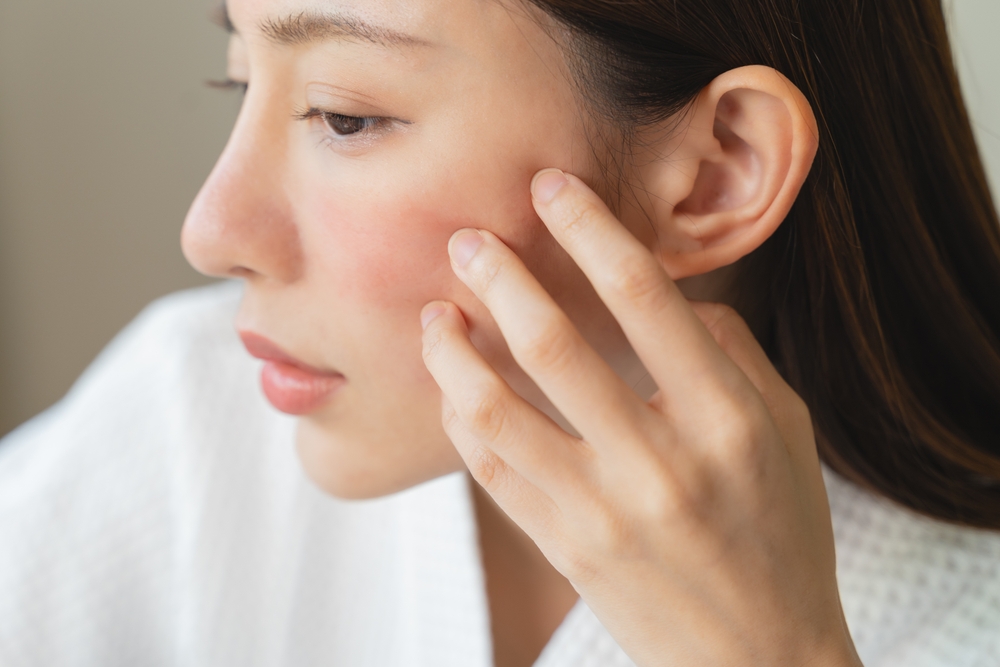
After a chemical peel treatment, it’s normal to experience redness, peeling, and flaking. These are signs that the peel is working. Dead skin cells are being shed to reveal smoother skin underneath. However, you want to manage these symptoms in a way that keeps discomfort minimal.
- Expect redness and a mild stinging sensation for the first few days.
- Resist the urge to pick or peel at flaking skin, as this can lead to scarring or hyperpigmentation.
- Use mild, fragrance-free moisturizers to soothe the peeling areas.
For most patients, redness should improve within a few days. If you had a deeper peel, the process might take longer. Maintaining gentle care during this period is crucial for reducing further irritation, breakouts, acne and discoloration.
Moisturizing and Hydrating for Faster Recovery
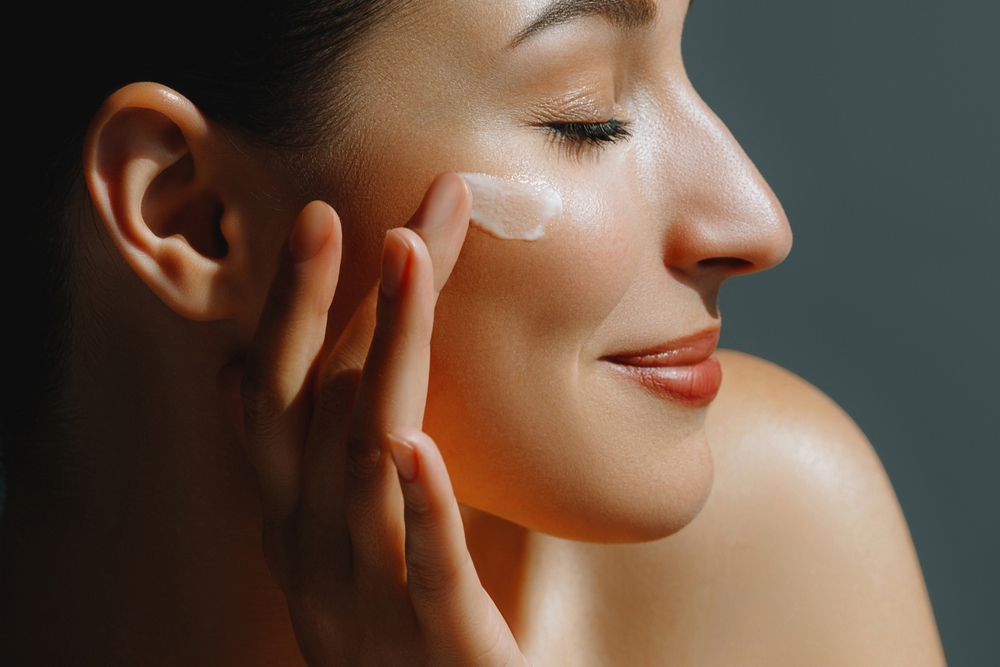
Hydration is the key to helping your new skin glow after a chemical peel procedure. Your skin can feel tight or overly dry, so be prepared with a moisturizer that helps lock in water and support the healing process.
- Apply a gentle, non-comedogenic moisturizer as instructed by your specialist.
- Drink plenty of water to stay hydrated from the inside out.
- Consider a hydrating serum if your skin feels extra dry and your provider approves.
Using these tips can reduce dryness and itching while supporting overall skin health. Premier Image Cosmetic & Laser Surgery can recommend physician-approved products that won’t clog pores or inflame delicate skin.
Why Sunscreen Is a Must After a Chemical Peel
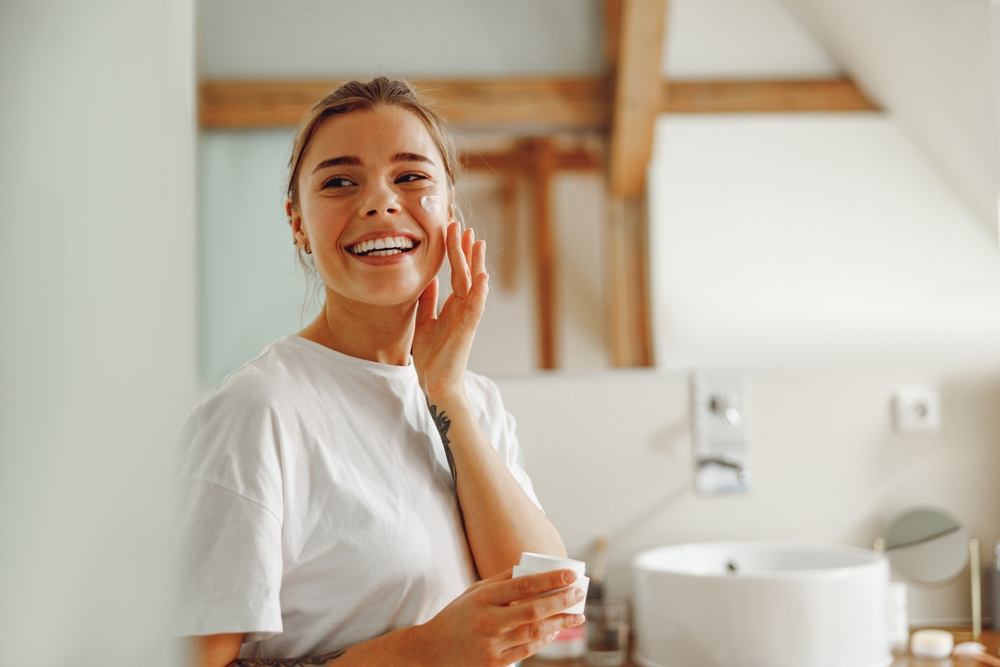
Direct sun exposure is one of the biggest threats to freshly peeled, sensitive skin. UV rays can cause hyperpigmentation, slow the healing process, and even result in burns. Whether you had a superficial peel or deep peel, sunscreen is a must.
- Choose a broad-spectrum sunscreen with an SPF of 30 or higher.
- Apply sunscreen at least 20 minutes before going outdoors, even on cloudy days.
- Reapply every two hours, or more frequently if you’re sweating or swimming.
Protecting your face from harmful rays also helps maintain the smoother skin texture you achieved from your peel. Avoid tanning bed use entirely as it can be especially damaging to skin that’s already in a healing phase.
Avoid Habits That Can Slow Down Recovery
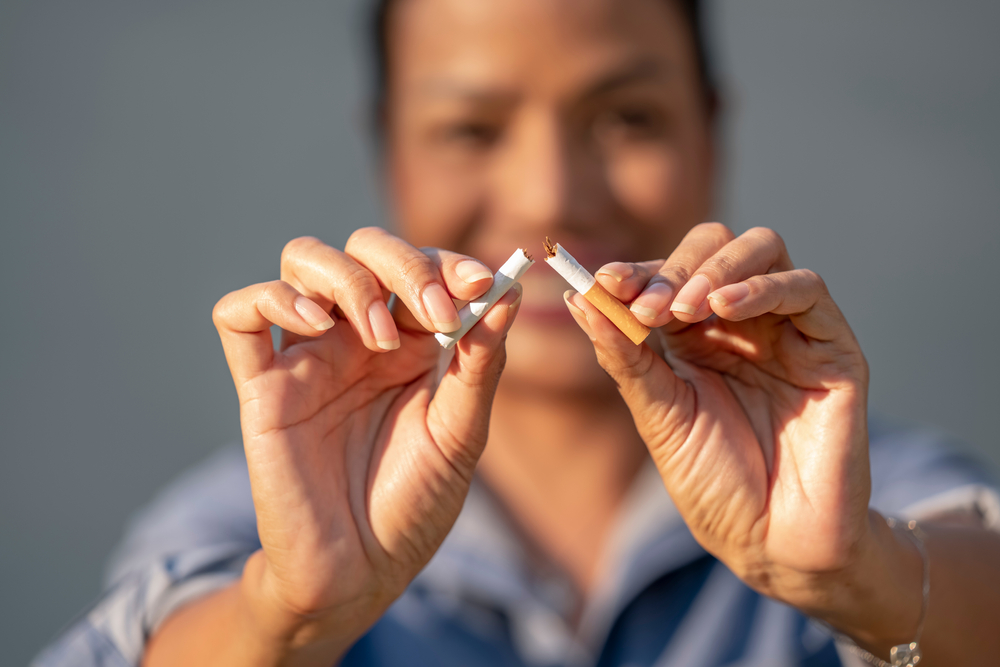
Certain behaviors can compromise your peel results and potentially lead to complications. While it’s tempting to return to your normal routine right away, a bit of patience can go a long way toward ensuring a healthier complexion.
- Steer clear of harsh exfoliating products, such as scrubs and retinol, until your provider confirms it’s safe.
- Skip the gym for a few days if sweating irritates your skin or makes peeling worse.
- Don’t smoke or engage in activities that dehydrate your skin (like drinking excessive alcohol).
These small lifestyle adjustments can significantly shorten the chemical peel recovery time, giving you a smoother, more radiant face in the long run.
Reintroduce Regular Products Safely
One of the most common questions we receive at Premier Image Cosmetic & Laser Surgery is: “When can I start using my usual skincare products again?” The answer varies depending on the strength of your peel and how quickly your skin heals. Typically, you can reintroduce items like retinol or exfoliating cleansers after about 7–10 days, but only if your provider gives the green light.
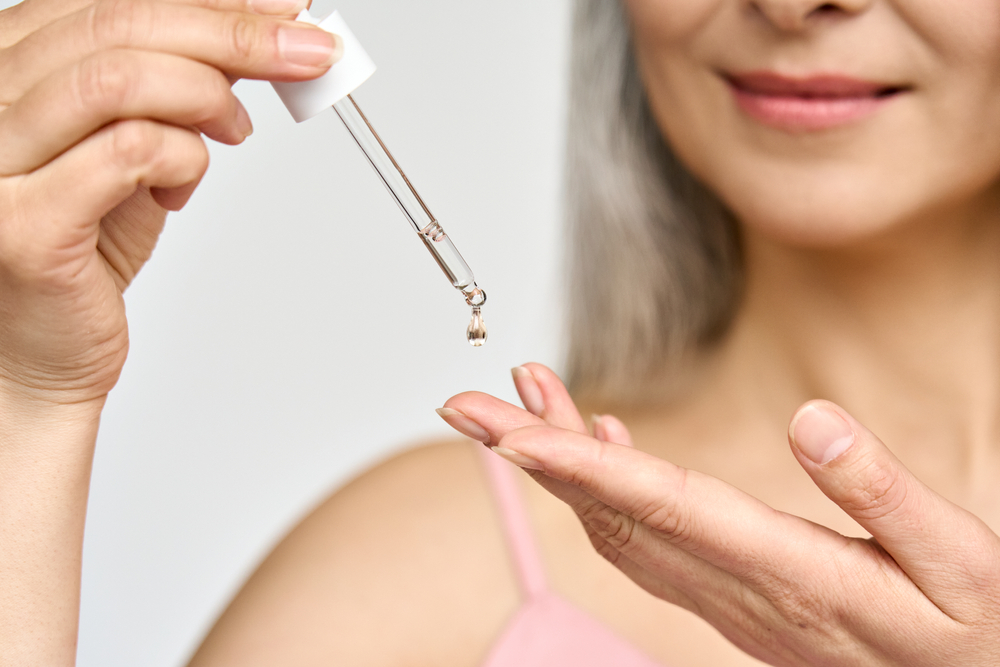
- Start slowly by applying a small amount of your usual product and watch for any reactions.
- If you notice increased redness, itching, or burning, discontinue use and consult your specialist.
- Prioritize gentle formulas for at least two weeks post-peel.
Following these instructions helps you build a skincare routine that supports long-lasting benefits. If you have any questions, our team is here to assist with personalized advice on which products are safest and most effective during healing.
Eating Foods That Help Skin Recover Faster

Balanced nutrition can also be part of your chemical peel treatment plan. Certain foods promote skin repair, combat inflammation, and support collagen production.
- Focus on antioxidant-rich fruits and vegetables like berries, spinach, and kale.
- Lean proteins—such as chicken, fish, and beans—help build healthy skin cells.
- Include foods high in essential fatty acids (e.g., salmon, walnuts, flaxseeds) to support the body’s natural healing process.
While diet alone won’t replace professional peel aftercare, it can certainly enhance your results. If you have specific dietary needs or concerns, consider consulting a nutritionist.
Do Not Over-Exfoliate

Although it might be tempting to speed up the flaking by scrubbing off dead skin, over-exfoliating can lead to irritation, uneven skin tone, or even scarring.
- Give your skin time to shed on its own.
- Use mild, chemical-based exfoliants only when your specialist advises.
- Gentle cleanser and cool water are usually enough to keep the treated area clean.
By allowing your skin to naturally renew, you set the stage for a smoother skin texture and more uniform complexion in the weeks following your peel.
When to Contact Your Specialist for Help
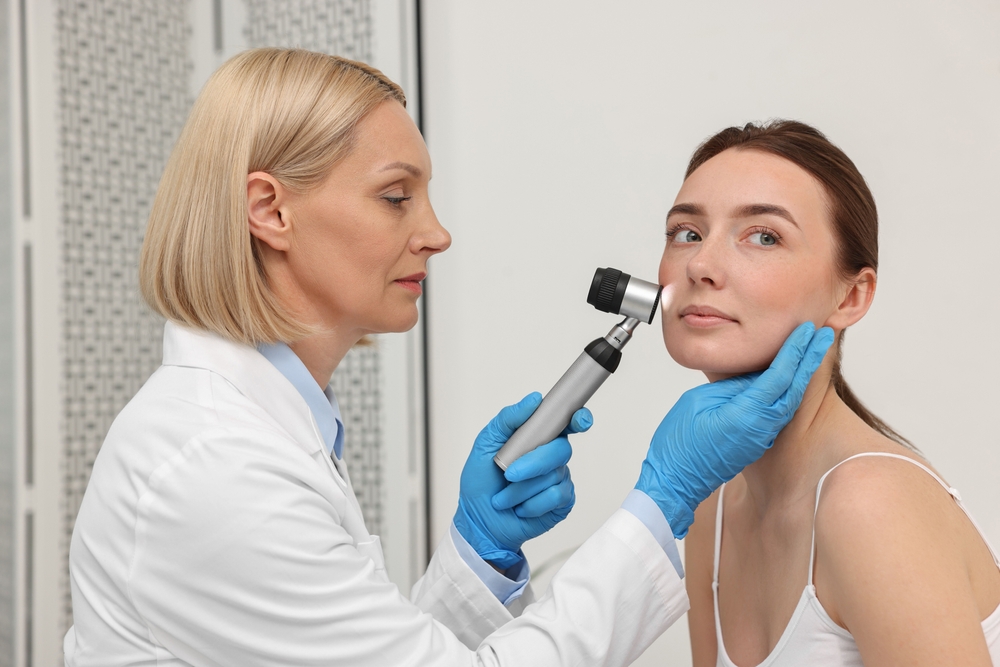
At Premier Image Cosmetic & Laser Surgery, we encourage patients to stay in touch throughout their healing journey. If you notice anything unusual or concerning, it’s better to call sooner rather than later.
- Call if you see signs of an allergic reaction, such as severe itching or blistering.
- Contact us if redness becomes significantly worse instead of gradually improving.
- Seek guidance if you have questions about chemical peel aftercare instructions.
Our team is here to help, whether you need a quick check-up or more in-depth follow-up care. After all, a professional peel is an investment in yourself, and we want you to get the most out of it.
Symptoms That Need Medical Attention
While it’s rare to experience serious complications, some symptoms warrant immediate attention. These could include:
- Excessive swelling or severe pain that medication does not relieve
- Yellow or green discharge, suggesting infection
- Sudden changes in skin color that don’t improve over a couple of days
In any of these cases, call our office right away or head to a medical facility. Your safety and well-being are our top priorities, and prompt treatment can prevent more significant issues from developing.
Take the Next Step: Schedule Your Consultation for a More Rejuvenated Look
At Premier Image Cosmetic & Laser Surgery, we pride ourselves on offering the highest level of care for all cosmetic procedures, from routine chemical peel treatment to advanced facial surgeries. Our experience ensures you receive the best guidance and support for every stage of your peel—from selecting the right peel strength to giving you post-treatment tips to ensure a smooth recovery.
If you’re ready to take the next step toward rejuvenated, more youthful-looking skin, or if you have additional questions about what to do after a chemical peel, act now. Contact Premier Image Cosmetic & Laser Surgery to schedule your consultation. There’s no better time to reveal a fresh face to the world, and we’d love to help you on your journey to smoother, clearer skin.